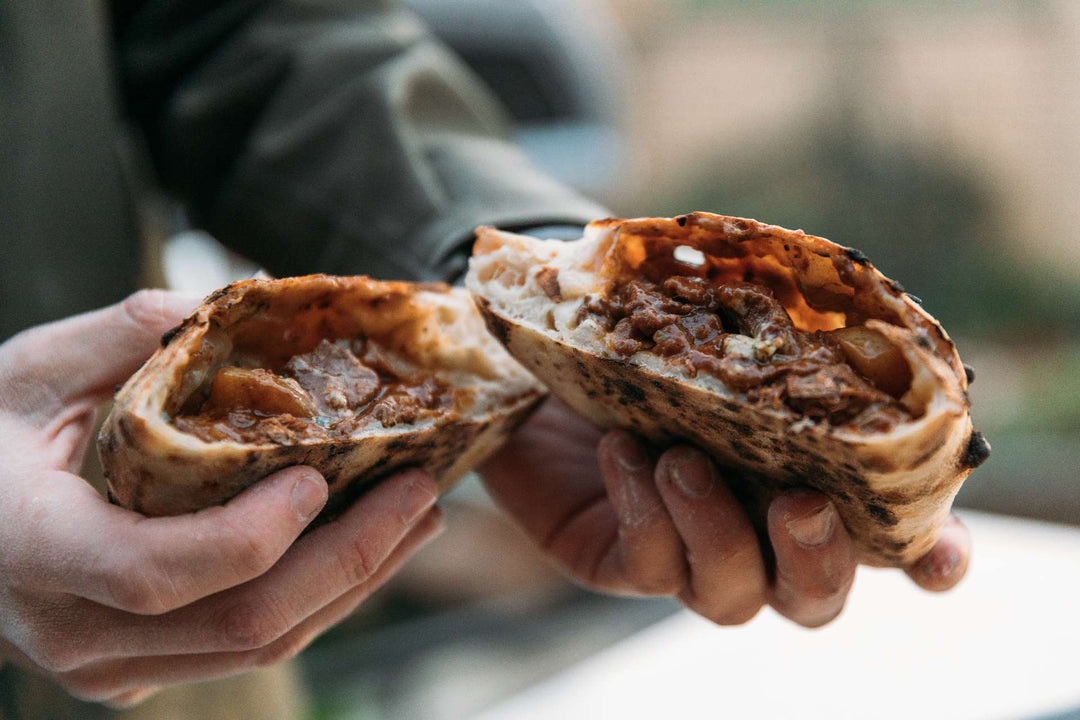The humble British pasty originates as far back as the 13th century, enjoyed by royalty and the otherwise wealthy. The fillings varied and the flavours were rich, meaty, and luxurious. It wasn’t until the 17th century that pasties started to catch on with Cornish miners, who enjoyed them as practical and sustaining meals during a hard day’s work. Legend has it that the thick, crimped crust served as a handle for miners so they could avoid contaminating their food with dirty hands. In practice, the miners enjoyed the crusts so much, they started toting the pasties underground in bags!
A traditional Cornish miners’ pasty typically included beef, potato, onion, and yellow-fleshed swede (known in Cornwall as turnip, or rutabaga in North America); when cooked together, it formed a gravy. Meat was expensive and sometimes hard to source , so additional vegetables were often substituted to make ends meet. The pastry itself is a thick shortcrust made using lard or shortening, which might explain why miners were keen to eat the crust. (In our opinion, it’s the best part!)
We asked Cornish recipe developer Grant Batty (@grantbatty) to create a riff on this classic comfort food (and a few other iconic British dishes) using his Ooni pizza oven. As a Cornishman, Grant was keen to develop a pasty-inspired calzone, though he was careful to note (so as not to be disowned by friends and neighbours) that the two dishes are not the same. After several tasty experiments, he settled on a deeply satisfying calzone filled with a hearty beef sauce and a touch of crumbled Cornish blue cheese for a creamy, salty accent.

